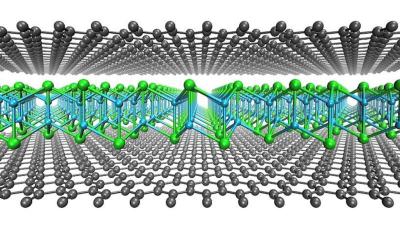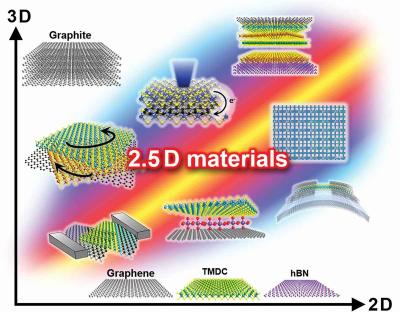Researchers at the University of Vienna, in collaboration with the Universities of Tübingen, Antwerp and CY Cergy Paris and working with Danubia NanoTech, have developed a graphene-based method to produce 2D materials. They have already produced a new 2D material made of copper and iodine atoms sandwiched between two graphene sheets.
 A single layer of cuprous iodide encapsulated in between two sheets of graphene (gray atoms). Image from Phys.org, credit: Kimmo Mustonen, Christoph Hofer and Viera Skákalov
A single layer of cuprous iodide encapsulated in between two sheets of graphene (gray atoms). Image from Phys.org, credit: Kimmo Mustonen, Christoph Hofer and Viera Skákalov
Following the 2D copper iodide, the researchers have already expanded the synthesis method to produce other new 2D materials. "The method seems to be truly universal, providing access to dozens of new 2D materials. These are truly exciting times," Kimmo Mustonen, the lead author of the study, said.



